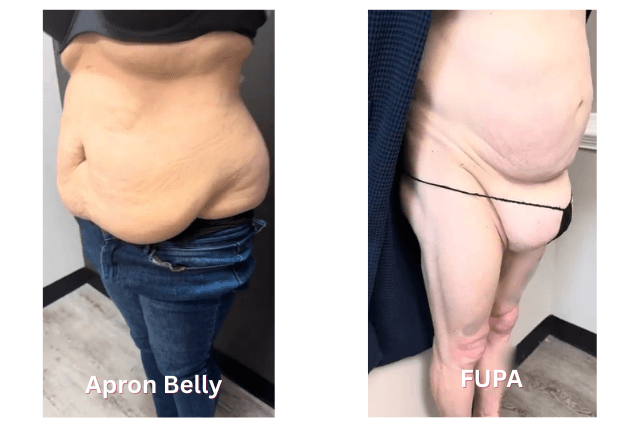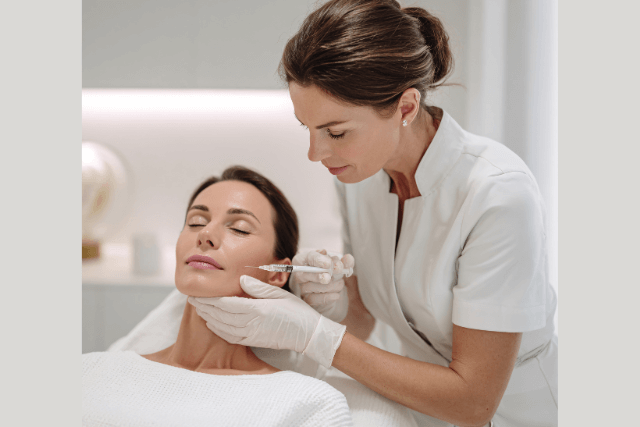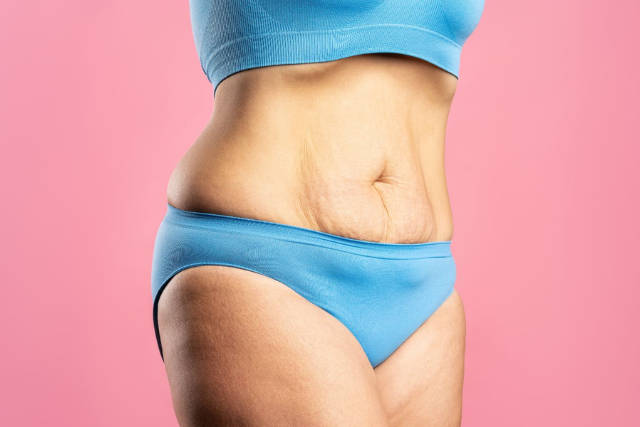Many people experience issues in areas of the body that are not often openly discussed. One of these areas is commonly referred to as FUPA. You may have come across this term online, in fitness forums, or during casual conversation. But what exactly is FUPA, and how can you address it?
This article will cover what FUPA is, how it appears on the body, the difference between FUPA and an apron belly, and practical ways to reduce it effectively.
What Is FUPA?
FUPA stands for Fat Upper Pubic Area. It describes the soft layer of fat located just above the pubic bone. Sometimes it is referred to as a lower belly pooch or bulge. While both all individuals can develop FUPA, it is more commonly seen in women.
Where FUPA Appears in Women
Women may notice FUPA more prominently after pregnancy, significant weight fluctuations, or surgeries such as a C-section. The excess skin and fat that develop in this area are common and natural. If you have FUPA, you are not alone, and it is not a medical concern, although some people seek ways to improve its appearance.
FUPA vs. Apron Belly
While both FUPA and apron belly involve excess fat and skin, they are different. An apron belly refers to loose skin and fat that starts just below the belly button and hangs downward, often forming after pregnancy or major weight loss. FUPA, in contrast, forms just above the pubic bone and usually creates a small bulge rather than a hanging apron of skin.

Why Can FUPA Occur Even If You Are Slim?
Even individuals with a low body weight can develop FUPA due to:
- Genetics: Some people naturally store fat in certain areas, including the lower belly and pubic region, regardless of overall body weight.
- Hormonal Changes: Hormonal fluctuations, such as those during menopause, can cause fat to redistribute to the lower abdomen or pubic area.
- Stress: High levels of cortisol, the stress hormone, can encourage fat storage rather than fat burning, leading to accumulation in specific areas.
- Rapid Weight Changes: Rapid weight gain or loss can stretch the skin and reduce elasticity, making fat in the upper pubic region more noticeable.
If you are slim and have FUPA, it is common and generally not a health concern. Changes in diet, exercise, and in some cases cosmetic procedures can help improve the appearance of this area.
How to Reduce FUPA
The approach to reducing FUPA depends on the severity and individual preferences.
Targeted Exercises
While spot reduction is limited, strengthening and toning the lower abdominal muscles can improve the area’s appearance. Recommended exercises include:
- Leg raises
- Planks
- Bicycle crunches
- Pelvic tilts
Cardiovascular Exercise
Activities that elevate your heart rate help burn overall body fat, which can reduce the appearance of FUPA over time. Walking, swimming, cycling, or dancing for at least 30 minutes per day is beneficial.
Healthy Eating Habits
A balanced diet supports fat loss and overall health. Focus on:
- Lean proteins
- Fresh fruits and vegetables
- Whole grains
- Hydration with water
- Limiting sugar, fried foods, and processed items
Permanent lifestyle changes rather than temporary diets are essential for sustainable results.
Non-Surgical Treatments for FUPA
For some, non-surgical treatments can help tighten the skin and improve contour:
- Radiofrequency Treatments: These stimulate collagen production and improve skin elasticity.
- Ultrasound Therapy: Targets fat cells and promotes skin tightening.
- Combination Treatments: Microneedling with heat energy can enhance skin firmness and smoothness.
Surgical Treatments for FUPA
When excess skin and fat are more pronounced, surgeons often recommend surgical intervention:
- Liposuction: Removes fat deposits from the upper pubic area.
- Tummy Tuck: While primarily for the abdomen, it can improve contour and tighten surrounding skin.
Determining What You Are Dealing With
It is important to identify whether the concern is primarily excess fat, loose skin, or both:
- Loose Skin Indicators: Skin feels thin, soft, and hangs or wrinkles. Body fat is within a healthy range.
- Excess Fat Indicators: Skin feels thicker when pinched, and body fat percentage is higher. Fat may sag but is not heavily wrinkled.
Knowing the underlying cause helps determine the best treatment strategy, whether through exercise, diet, non-surgical procedures, or surgery.
Final Thoughts:What Is FUPA and How to Get Rid of It?
FUPA is a common and natural condition, particularly in women after pregnancy or weight changes. A combination of lifestyle modifications, targeted exercises, non-invasive treatments, and in some cases surgical options can improve the appearance of the upper pubic area. Consulting with a qualified medical professional is the best way to choose a safe, effective, and personalized approach to reduce FUPA.





